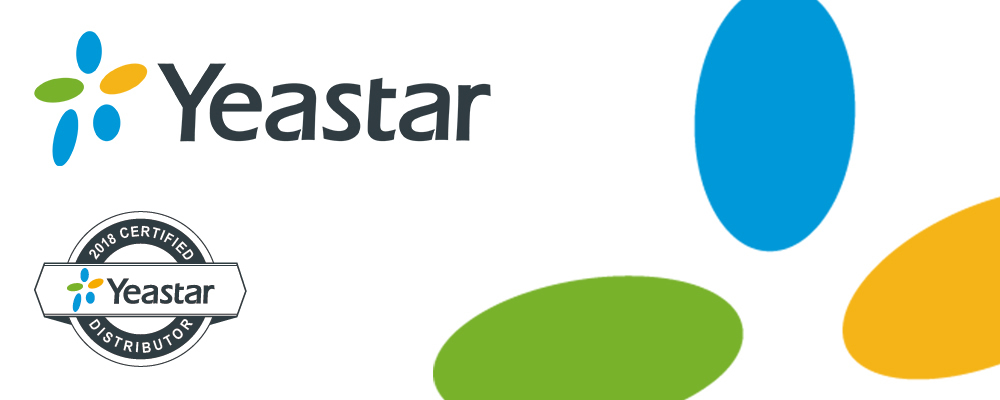
Voice over Long-Term Evolution (VoLTE), has been getting a lot of attention, but for most people just coming across the term, it’s unclear exactly what it means and what the benefits will be. While another voice over IP technology, VoIP is widely known and used throughout the world, both for consumers and business users. VoLTE is a specific type of VoIP designed into the LTE standard and enables users to make voice calls while simultaneously using data network LTE. Businesses have started administering VoLTE for business purpose and here are the main differences between Voice over LTE (VoLTE) and Voice over IP (VoIP).
The Basics
VoIP sends the packets (the actual voice digitized to data) over the Internet from the sender to the receiver. The packet is treated like any other type of data packet, such as web traffic or video streaming, when sent over the public Internet. But the voice packet doesn’t have any special priority over any other packet, which can affect the quality of the call. This is one of the major differences between VoIP and VoLTE. In a VoLTE network, packets are given special priority. They have a quality of service capability built into them that result in much higher-quality phone calls.
Quality of Service: the fundamental difference
The fundamental difference of VoLTE compared to VoIP is that VoLTE requires a QoS component. Voice packets for VoIP get sent along Internet nodes and are treated no differently than any other data. While the VoLTE uses IMS and a separate radio frequency to help maintain the quality of the VoLTE transmission. QoS seeks to control jitter, provides dedicated bandwidth, seeks network priority, and also improves performance by addressing latency, error rate and uptime problems.
High Definition (HD) Voice
VoLTE can also support High Definition Voice. LTE networks encode directly the wide band audio necessary to carry the HD Voice. The IMS framework lets VoLTE transmit the HD Voice.
Theoretically, the quality of VoLTE calls compared to regular VoIP calls is better. Practically, however, you can only enjoy HD Voice when using an HD Voice device at both ends. If one device does not have HD capability, the voice quality for the caller and receiver will not have high definition sound.
Technology
The essential difference between VoIP and VoLTE is the technology it uses. VoLTE is specially designed for 4G, LTE networks. VoIP uses both 3G and 4G equally well. Some of the newer smartphone technologies, like the iPhone 6, are built to take advantage of VoLTE technology.
VoLTE Benefits:
The quality and speed of VoLTE calls greatly exceed the existing 3G and 4G voice calls.
VoLTE calls have been rated higher quality than high-definition Skype even over a congested or loaded VoLTE network.
A VoLTE call uses fewer resources on both a handset and over the network, offering longer battery life and more efficient network for the mobile resulting in longer battery life for the end user and a more efficient network for the mobile operator.
Learn more about 4 Extraordinary Benefits VoLTE Brings to Enterprise.
VoLTE technology carries high expectations among network operators and consumers that it will be leaps and bounds ahead of what we have today in terms of call quality and resource efficiency. It will take some time before the full potential of VoLTE is achieved, however, as the technology has not been rolled out all over the world for all people to make VoLTE-to-VoLTE calls with each other, it’s still difficult to measure and appreciate the full impact that VoLTE will provide.
At Yeastar, we’ve integrated VoLTE technology into our Mobility solution by installing 4G LTE Module in Yeastar S-Series VoIP PBX, providing businesses with an essential internet continuity option when the PBX’s primary internet connection fails. With VoLTE, you can expect faster connection time, high-definition call quality as well as the business continuity.






























